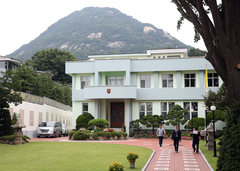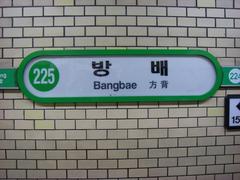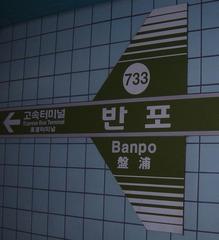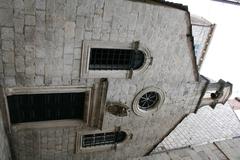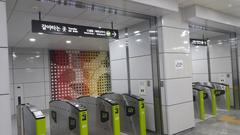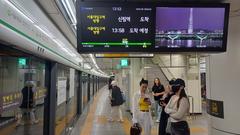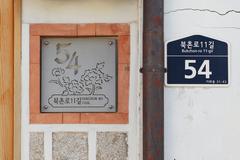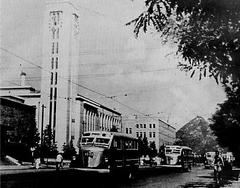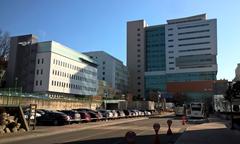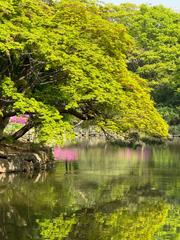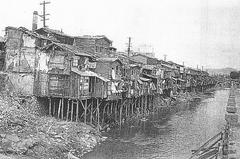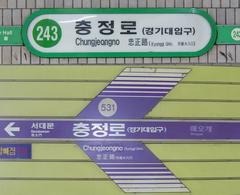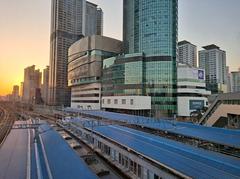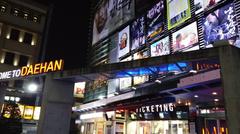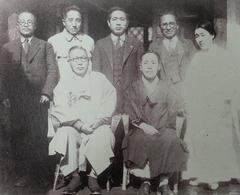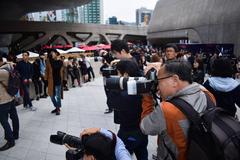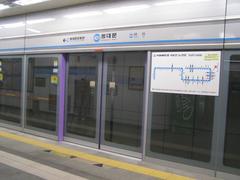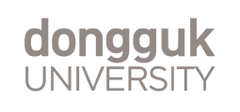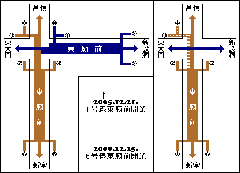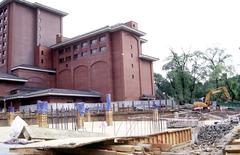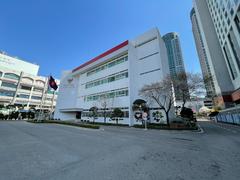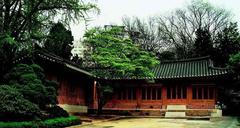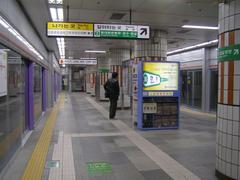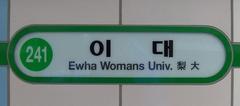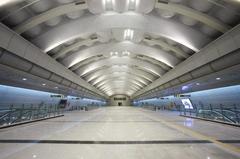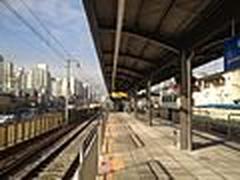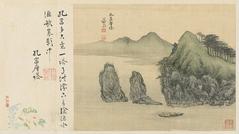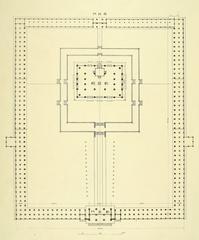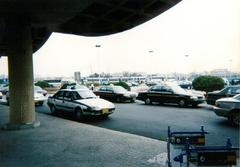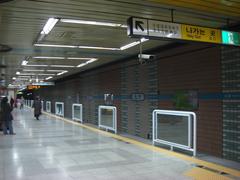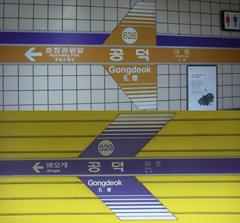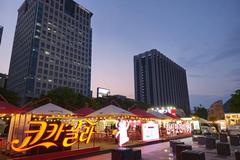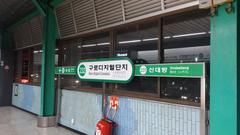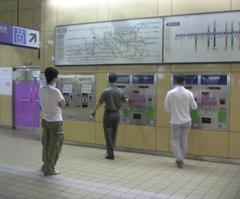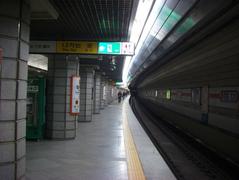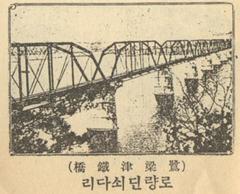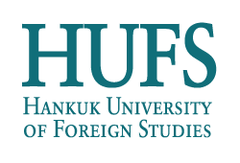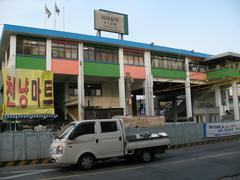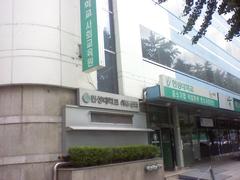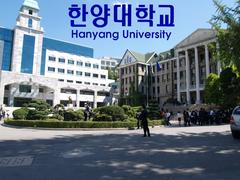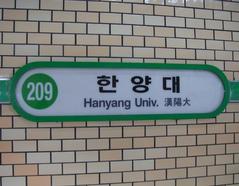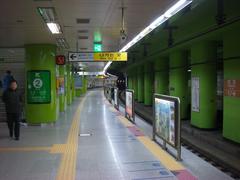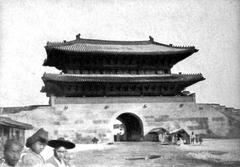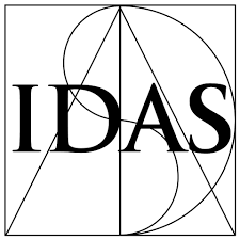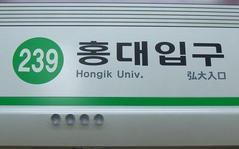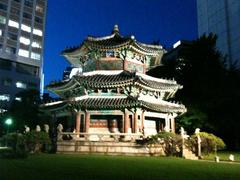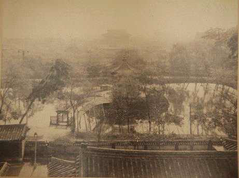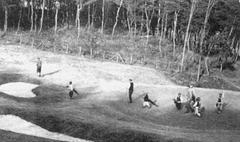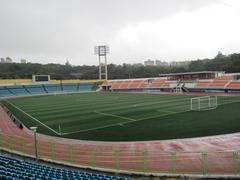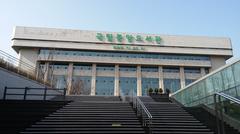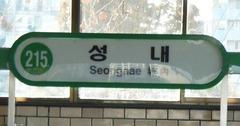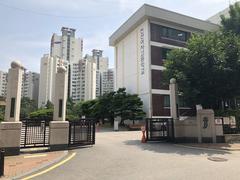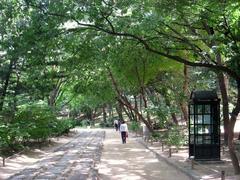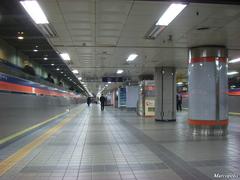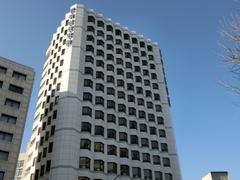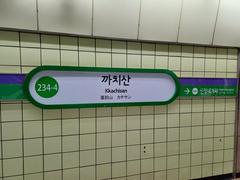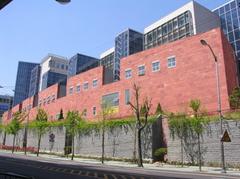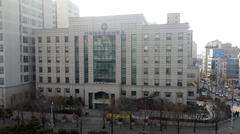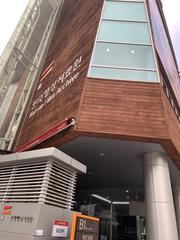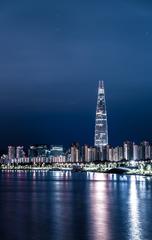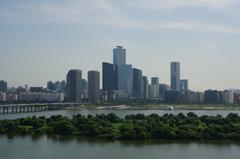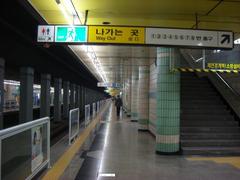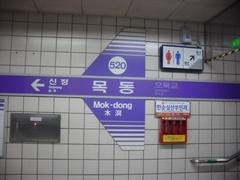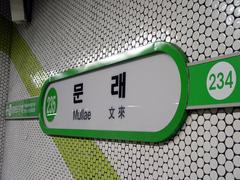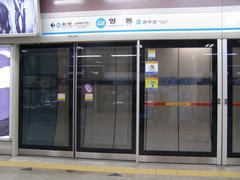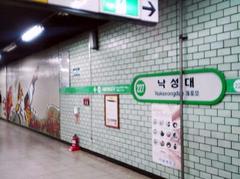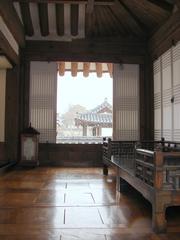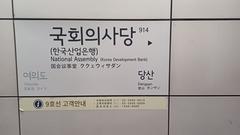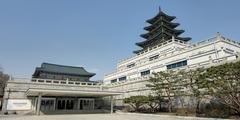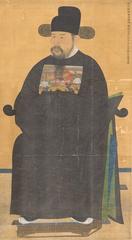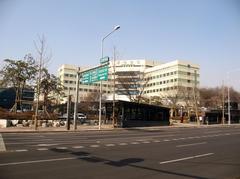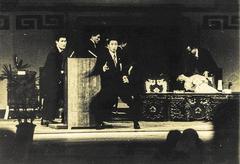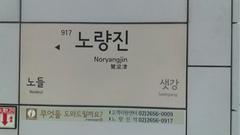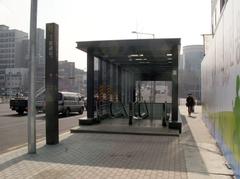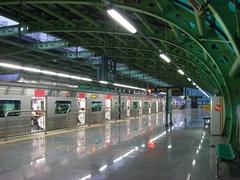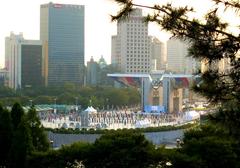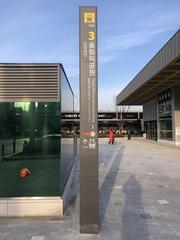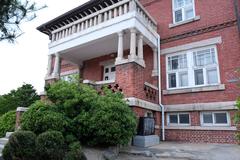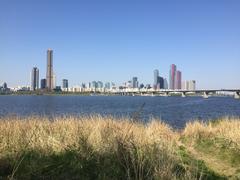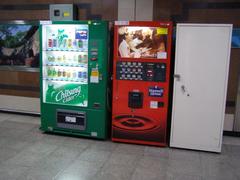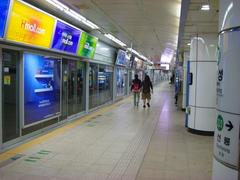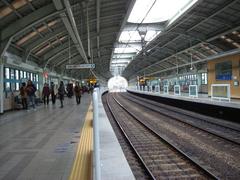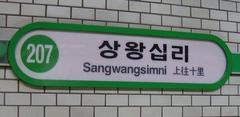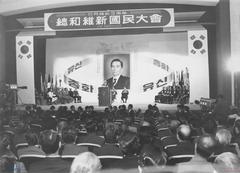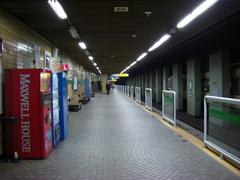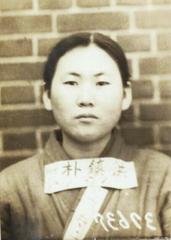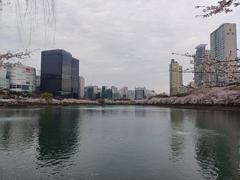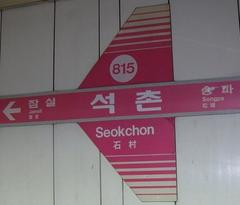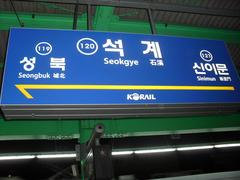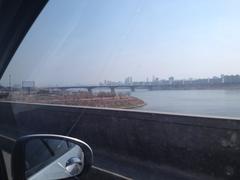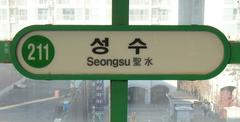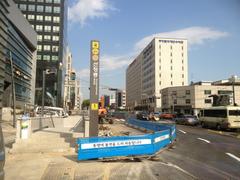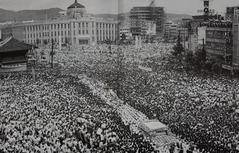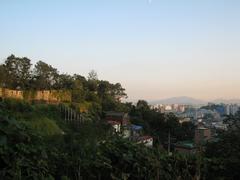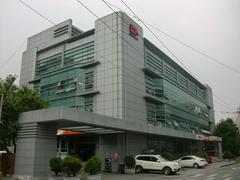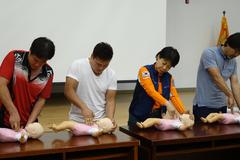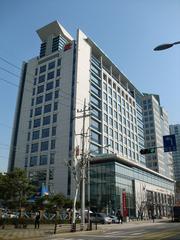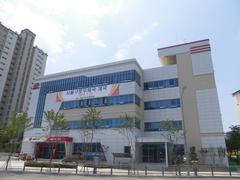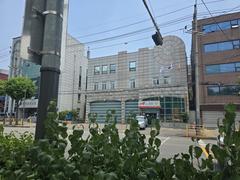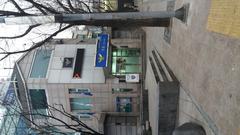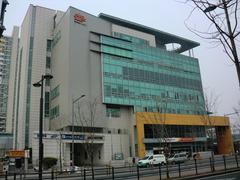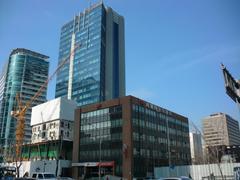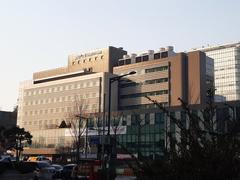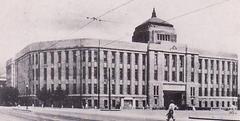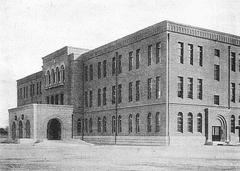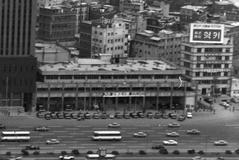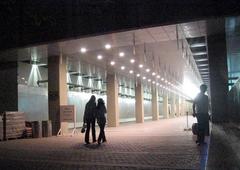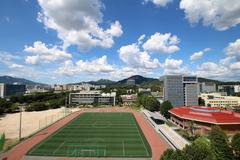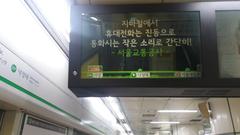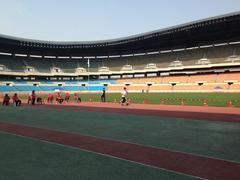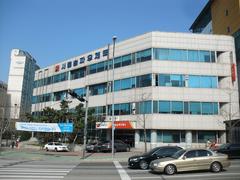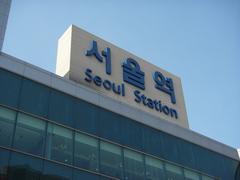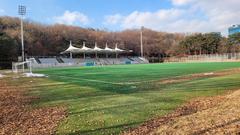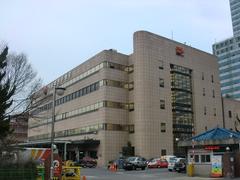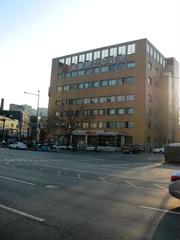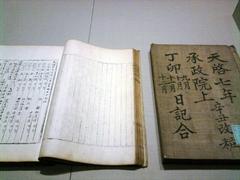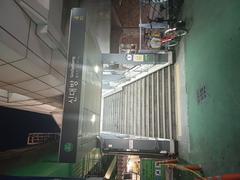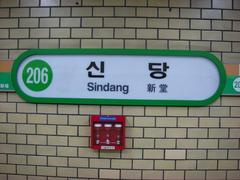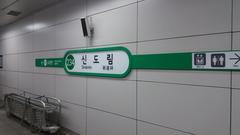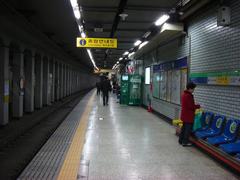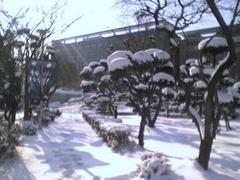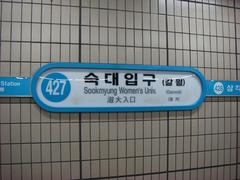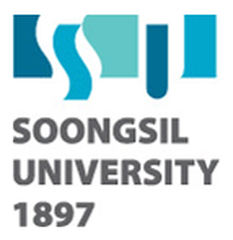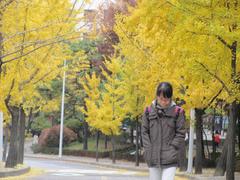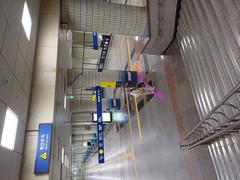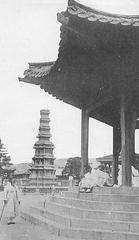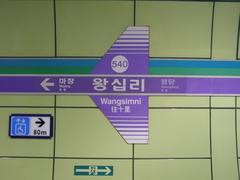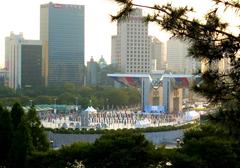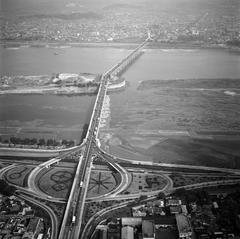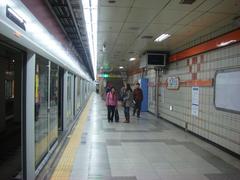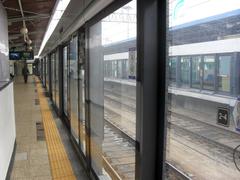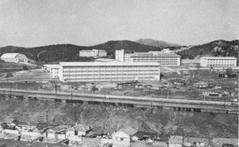
Visiting Changuimun Gate in Seoul: Hours, Tickets, and Tips
Publication Date: 23/07/2024
Introduction to Changuimun Gate
Changuimun (창의문), also known as Jahamun, is an iconic historical landmark in Seoul, South Korea. As one of the Four Small Gates of the Fortress Wall of Seoul, Changuimun offers visitors a window into the rich history and cultural heritage of the Joseon Dynasty. Constructed in 1396 during the reign of King Taejo, the founder of the Joseon Dynasty, the gate was originally built to protect the newly established capital, Hanyang (modern-day Seoul), from potential invasions (Korea Tourism Organization). The gate’s architecture is a testament to the engineering prowess of the era, featuring a semi-circular archway and a wooden pavilion on top, known as a gatehouse, which reflects the blend of functionality and aesthetic appeal typical of Joseon-era structures (Cultural Heritage Administration). Over the centuries, Changuimun has undergone several restorations to preserve its historical integrity, including efforts to repair damage sustained during the Korean War (Seoul Metropolitan Government). Today, Changuimun stands as a symbol of Seoul’s resilience and historical significance, attracting numerous visitors who come to admire its architectural beauty and learn about its storied past.
Contents Overview
- Introduction
- Historical Background
- Origins and Construction
- Architectural Significance
- Historical Events
- Cultural Significance
- Symbol of Protection
- Integration into Modern Seoul
- Educational Value
- Visitor Tips
- Best Time to Visit
- Accessibility
- Guided Tours
- Nearby Attractions
- Practical Information
- Opening Hours and Admission
- Safety and Etiquette
- Photography
- Local Cuisine
- Preservation Challenges
- Frequently Asked Questions (FAQ)
- Conclusion
Historical Background
Origins and Construction
Changuimun (창의문), also known as Jahamun, is one of the Four Small Gates of the Fortress Wall of Seoul, constructed during the Joseon Dynasty. The gate was built in 1396, shortly after the establishment of the Joseon Dynasty, under the reign of King Taejo. The primary purpose of the gate was to serve as a northern entrance to the city, facilitating movement and trade while also providing a defensive structure against potential invasions (Korea Tourism Organization).
Architectural Significance
The gate’s architecture is a testament to the engineering prowess of the Joseon era. It features a single-arched entrance with a wooden pavilion on top, known as a gatehouse. The gatehouse is constructed with traditional Korean wooden architecture, characterized by its curved eaves and intricate wooden joinery. The stone base of the gate is robust, designed to withstand attacks and the test of time. The gate’s design reflects the blend of functionality and aesthetic appeal typical of Joseon-era structures (Cultural Heritage Administration).
Historical Events
Throughout its history, Changuimun has witnessed numerous significant events. During the Japanese invasions of Korea (1592-1598), the gate played a crucial role in the defense of Seoul. It also served as a strategic point during the Korean War, where it was used by both North and South Korean forces. The gate has undergone several restorations, the most recent being in the 1970s, to preserve its historical integrity and significance (Seoul Metropolitan Government).
Cultural Significance
Symbol of Protection
Changuimun is more than just a historical structure; it is a symbol of protection and resilience for the people of Seoul. The gate represents the city’s ability to withstand external threats and maintain its cultural heritage. It is a reminder of the city’s historical struggles and triumphs, making it a significant cultural landmark.
Integration into Modern Seoul
Despite the rapid modernization of Seoul, Changuimun has retained its historical charm and continues to be an integral part of the city’s cultural landscape. The gate is surrounded by modern infrastructure, yet it stands as a poignant reminder of Seoul’s rich history. It is a popular spot for both locals and tourists who seek to connect with the city’s past.
Educational Value
The gate serves as an educational site where visitors can learn about the architectural styles, historical events, and cultural practices of the Joseon Dynasty. Various informational plaques and guided tours provide in-depth knowledge about the gate’s significance, making it a valuable resource for historians, students, and history enthusiasts (Korea Cultural Heritage Foundation).
Visitor Tips
Best Time to Visit
The best time to visit Changuimun is during the spring (April to June) and autumn (September to November) months. During these periods, the weather is mild, and the surrounding foliage enhances the beauty of the gate. Early mornings and late afternoons are ideal for avoiding crowds and capturing stunning photographs.
Accessibility
Changuimun is easily accessible via public transportation. The nearest subway station is Gyeongbokgung Station (Line 3), from which the gate is a short walk. For those driving, there are parking facilities available nearby, although spaces can be limited during peak tourist seasons.
Guided Tours
To fully appreciate the historical and cultural significance of Changuimun, it is recommended to join a guided tour. Several tour operators offer comprehensive tours that include visits to other nearby historical sites such as Gyeongbokgung Palace and the Bukchon Hanok Village. These tours provide valuable insights and context that enhance the visitor experience (Visit Seoul).
Nearby Attractions
Visitors to Changuimun can also explore several nearby attractions. The Gyeongbokgung Palace is one of the Five Grand Palaces built during the Joseon Dynasty and is a must-visit. The Bukchon Hanok Village offers a glimpse into traditional Korean architecture and lifestyle. Additionally, the Seoul Museum of History provides a comprehensive overview of Seoul’s history from ancient times to the present.
Practical Information
Opening Hours and Admission
Changuimun is open to the public year-round, with no admission fee. However, it is advisable to check the official website or local tourist information centers for any updates on opening hours or special events that may affect access.
Safety and Etiquette
Visitors are encouraged to respect the historical nature of the site. Climbing on the gate or defacing the structure is strictly prohibited. It is also important to be mindful of other visitors and maintain a respectful demeanor while exploring the site.
Photography
Photography is allowed at Changuimun, and the site offers numerous picturesque spots. Early morning and late afternoon light provide the best conditions for capturing the gate’s architectural details and the surrounding scenery. Drones are not permitted without prior authorization from local authorities.
Local Cuisine
After visiting Changuimun, tourists can enjoy a variety of local Korean cuisine in nearby restaurants. Traditional dishes such as bibimbap, bulgogi, and kimchi are widely available. For a unique dining experience, visitors can try a hanjeongsik, a traditional Korean full-course meal, at one of the local hanok-style restaurants.
Preservation Challenges
Despite its historical and cultural importance, Changuimun faces several challenges in terms of preservation. Urban development and environmental factors pose ongoing threats to the structural integrity of the gate. Efforts to address these challenges include regular maintenance, structural reinforcements, and the implementation of protective measures to mitigate the impact of pollution and weathering. Collaboration between government agencies, cultural organizations, and the local community is essential to ensure the long-term preservation of Changuimun (Cultural Heritage Administration).
Frequently Asked Questions (FAQ)
Q: What are the visiting hours for Changuimun?
A: Changuimun is open to the public year-round. However, it is advisable to check for any updates on opening hours through the official website or local tourist information centers.
Q: Is there an admission fee for Changuimun?
A: No, there is no admission fee to visit Changuimun.
Q: Are guided tours available at Changuimun?
A: Yes, guided tours are available and offer in-depth insights into the history and significance of Changuimun and its role in Seoul’s development.
Q: What is the best time to visit Changuimun?
A: The best times to visit are during spring (April to June) and autumn (September to November) for mild weather and beautiful scenery.
Q: How can I get to Changuimun?
A: Changuimun is easily accessible via public transportation. The nearest subway station is Gyeongbokgung Station (Line 3).
Conclusion
Changuimun stands as a significant historical and cultural landmark in Seoul, offering visitors a unique glimpse into the city’s past. Its architectural beauty, historical relevance, and cultural significance make it a must-visit destination for anyone interested in Korean history and heritage. Through ongoing preservation efforts and educational initiatives, Changuimun continues to play a crucial role in promoting historical awareness and cultural appreciation among both locals and tourists alike (Seoul Metropolitan Government). Whether you’re exploring the nearby Bugaksan Mountain trails or visiting the iconic Gyeongbokgung Palace, a trip to Changuimun is an enriching experience that connects you with Seoul’s rich historical narrative. For those planning a visit, the gate is accessible year-round, with no admission fee, and offers guided tours that provide valuable insights into its historical significance. As you explore this remarkable site, you’ll gain a deeper understanding of Seoul’s resilience and the enduring legacy of the Joseon Dynasty.
Sources and References
- Korea Tourism Organization (n.d.). Exploring 창의문 (Changuimun) - History, Visiting Hours, and Travel Tips.
- Cultural Heritage Administration (n.d.). Changuimun.
- Seoul Metropolitan Government (n.d.). Changuimun.
- Korea Cultural Heritage Foundation (n.d.). Changuimun.
- Visit Seoul (n.d.). Changuimun.
- Seoul Museum of History (n.d.). Homepage.
- Royal Palaces (n.d.). Gyeongbokgung Palace.

